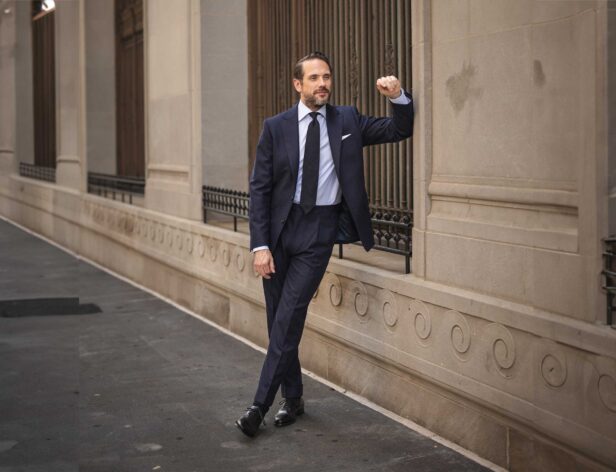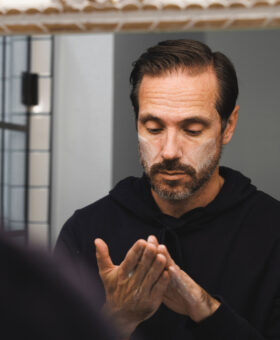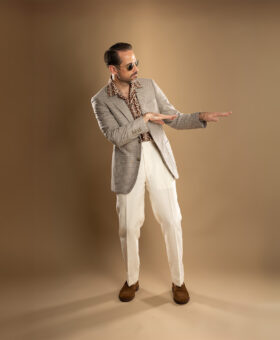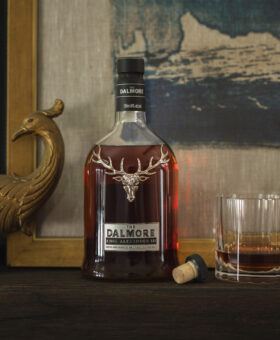

Share
Everything you need to know about derby shoes
I’ll just go ahead and start this exploration of Derby shoes with a confession: I had no idea the actual complexities of shoe classifications until I researched this article. I thought I had it nailed down, but turns out I was mistaken, so don’t feel bad if you’re not completely sure either!
Now, let me backtrack for a moment while we define just what a Derby shoe is. Off the bat, it’s simple enough – where an Oxford shoe is defined by its closed lacing method of construction, a Derby is defined by open lacing. More explicitly, this means that the quarters, or the panels of leather containing the lacing eyelets, are sewn on top of the vamp, rather than under it.

So where did I go wrong? Namely in assuming that ‘Bluchers’ and ‘Derby shoes’ were the same thing. However, while many Americans use the terms interchangeably, there’s actually a pretty key difference. Bluchers, it turns out, are specifically whole-cut shoes with only eyelet tabs sewn onto the vamp, rather than complete separate quarters of leather. What’s more, I found out that Derbies are also called ‘Gibsons’, which I had just straight up never heard before. You learn something new every day, as they say!
Returning to the Derby itself, it’s worth noting that while Oxfords are considered inherently dressier due to their cleaner lines, Derbies got their start as a casual shoe. Back in the mid 1800s, it was the shoe style of choice for leisure activities like hunting and sportsmanship. In fact, it wasn’t until the mid-1900s that the Derby shoe became accepted as a ‘town shoe.’
That said, to this day, I’d still consider the style more casual. While it may work in an office setting, it will never really be black-tie appropriate. Instead, the Derby finds its versatility on the off-duty end of the spectrum, filling in smoothly in occasions where an Oxford is just too dressy.

As a result of this designation as a casual shoe, Derbies tend to be a bit chunkier than Oxfords. While this may mean that Derbies tend to host a variety of unsightly shoe trends, there are plenty of stylish options to be found. Bucks, for example, are almost always Derbies and have been a mainstay of menswear for ages.
On a more contemporary note, as tailoring is moving in a roomier direction, shoe profiles have also grown heavier and more robust by necessity of balance, pushing the Derby shoe to the forefront in many men’s fashion circles. And of course, as is often the case, if you really want a sleek Derby, it won’t be that hard to find, as designers have adapted the style to fit pretty much any occasion.
Thanks for reading.
Stylishly Yours,
Adam Lehman
He Spoke Style
Photography by Rob McIver Photo. Special thanks to Samuel Parker Clothier.





































